
All categories
Featured selections
Trade Assurance
Buyer Central
Help Center
Get the app
Become a supplier

(1008 products available)



























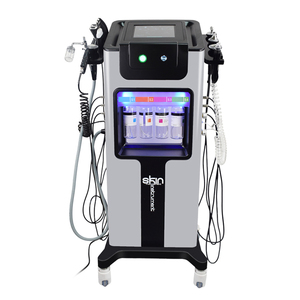
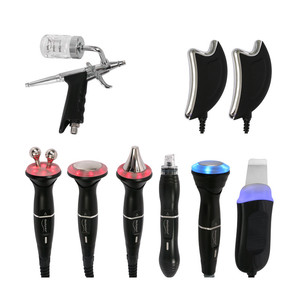
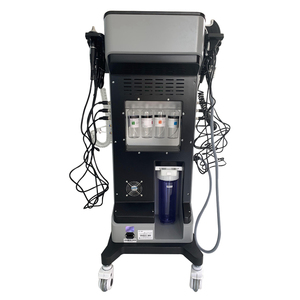
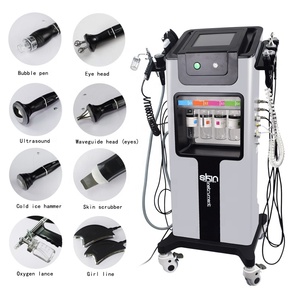
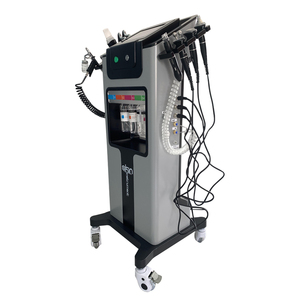
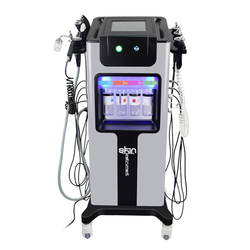



















Manual Apple Peelers
Peeling apples manually is still a conventional and largely popular way for a lot of people because it is electric powered hence it is less expensive and often more portable or mobile. It is still a common practice to use a hand-held peeler when peeling apples, which can be nearly as fast as electric models. They may, however, take longer because of being more labor-intensive. For peeling in smaller amounts, they work great.
Spiral Apple Peelers
The core and the peel get eradicated by a spiral apple peeler at the same time that the fruit spins on a stand to deliver an outcome of evenly thin apple peels. This kind of peeler is preferred for preparing pies, sauces, and canning since the skin comes off in a single continuous strip. The peelers can be either manual or electrical, and the electrical versions are faster and more convenient.
Rotating Handheld Apple Peelers
This type of rotating portable apple peeler requires the user to affix the apple to a spike and then manually turn a handle. Homes and small businesses typically have these peelers because they are portable, affordable, and easy to fix. Other uses for rotating peelers include making pies, tarts, or apple chips, or canning and preserving in general, as can be seen in their small capacity.
Vertical Apple Peelers
Vertical peelers are usually mounted on countertops and used by professional service providers. After an apple is placed on the holder, the vertical blades remove the peel. Peelers that have been constructed vertically are ideal for commercial use because they help businesses with large production needs. Vertical apple peelers are very quick and help save time and therefore are very effective.
3-in-1 Apple Peelers
3-in-1 apple peelers perform the three functions of peeling, coring, and slicing. These machines are designed for individuals who desire to prepare their apples swiftly since all three processes are done at once. Any homemade pies, apple tarts, apple chips for snacks, or even canning and storage will benefit from these multipurpose peelers.
Blade Configuration
Different apple peelers have different blade types, ranging from simple hand-held varieties to complex electric machines. While peelers with stainless steel blades stay sharp for longer and resist corrosion, traditional peelers usually have an iron or carbon steel blade. The width and form of the blades affect how apples are peeled. Thin blades allow extra speed and correctness towards peeling, while thick blades may be more practical for heavy or dense fruits.
Handle and Grip
The apple peeler's grip is essential for its efficiency, particularly in the case of manual versions. Non-slip grips offer a secure hold, reducing tension on the user's hands, especially during prolonged use. In rotating peelers, a firm grip is necessary to prevent the apple from coming loose while it is being peeled. There are different designs available for users with restricted mobility in their hands, and these include ergonomic handles and cranking mechanisms.
Peeling Mechanism
The peeling process is influenced by the device's design. Hand-held peelers have an easy-on, easy-off, pulling action that a user performs with one or two hands. The apple is fixed onto a spike that can be found on the rotating or mechanical peelers, which then do the turning or the peeling on their own. Spiral peelers have different kinds of blades that only peel fruit while so many core apple peelers, slicers, and apple corers incorporate slicing and dicing into their construction.
Durability
With frequent use, the toughness of the apple peeler is critical, primarily when used in a commercial kitchen or for large canning projects. The construction of this device from quality materials such as stainless steel, aluminum, and hard plastics signifies that it will not easily wear out. Cheap models tend to chip or break often, and they could also bend, leading to apple waste or non-usage.
Portability and Storage
Some of the portable appliances come in handy when being transported or even during storage since their size is rather small. However, more complex machines tend to take up more storage space. Other versions can be fixed onto a countertop and are not meant to be moved from one position to another; thus, they are designed for prolonged use. Some of the apple peelers have their components detachable from one another to ease their storage when not in use.
Type of Peeler
Consider the sort of apple peeler that is appropriate for the goal in mind. For small exercises, manual peelers are excellent; for larger tasks, mechanical or electric peelers are the best. Spiral peelers are chosen when the core and peel are removed in a specific manner, while three-in-one peelers are for coring and slicing.
Durability and Material
Peelers that work best and are more durable are usually those manufactured from stainless steel or high-quality aluminum. Plastic models are less tough and can wear out or break with increased usage. Ensure the peeler blades, as well as body parts, are constructed from strong materials that stand the test of time.
Capacity
This is an important consideration when selecting the apple peeler, especially when working on a big project or during a canning season. For such cases, an electric or a larger manual peeler with a big vertical or horizontal apple holder is ideal. A small capacity, as in hand-held or standing apple peelers, would be ideal for home use or for small batches.
Ease of Use
Look for peelers that can be set up and used quickly and that their operation is simple. An electric model should not take long to switch on and start using, and the manual one should be easy to hold. As for cleaning, it's also important to think about that, as some peelers can be washed in a dishwasher while others need to be washed by hand, which can be quite stressful, especially when washing a lot.
Maintenance and Care
Apple peelers are practical devices requiring little care and can serve their purpose for a long. Stainless steel blades do not require frequent sharpening, but the sharpness has to be maintained. The body should be examined for any wear and tear. The appliance should be cleaned always after use, and some devices can be cleaned in a dishwasher.
Canning and Food Preservation
Apple peelers are among the devices used to prepare fruits for preservation through canning. When preparing apples for apple butter, apple sauce, or canned apples, a peeler saves time by removing the skin and ensuring all apples are uniform. This is important for flavor balance and texture in canning processes. Another advantage of this kind of appliance is that it helps prevent waste since the apples meant for preservation do not spoil faster.
Baking and Desserts
In the baking industry, apple peelers are used to prepare apples for pies, tarts, and crumbles. By using a peeler, the apples are turned into evenly sliced or peeled fruit that cooks through evenly and has the same texture and appearance. Be it apple pies, tarts, or just desserts that require baked apples, having the fruit uniformly peeled and cored guarantees perfect results.
Making Snacks
Dehydrated apple slices, commonly known as apple chips, are prepared with the use of an apple peeler. Before drying the apples, the peeler eliminates the need of hand peeling each apple. Apple chips are also known as healthy snacks and are prepared using a peeler in schools, at home, or in bulk. A spiral apple peeler can also be used to create fun, crispy snacks with the apple skins removed.
Meals and Sauces
Another common way of using apple peelers is when making sauces and other meals that require a lot of peeled apples, like mashed apples. Apple Sauce does have peeled and cored apples that are sometimes prepared for kids or used as a condiment. Using an apple peeler makes the task simple and fast, especially when making a large batch for storage or a smaller batch for immediate consumption.
Commercial Uses
Apple peelers are used in a number of businesses to improve efficiency and productivity. Revolving or vertical peelers are common in restaurants, bakeries, and canning factories with high output since they can handle several apples at once. These apple peelers are also useful, especially when the demands are high and there is a need for uniformity in the results.
A1: An apple peeler works by holding the apple in place while rotating it against a blade to remove the skin. Some peelers also have coring and slicing functions, which can core and slice apples at the same time.
A2: An electric apple peeler is a device that automatically peels apples by rotating them against a blade, powered by electricity. It is faster and more efficient than manual peelers.
A3: Yes, some apple peelers can be used for other fruits like pears or potatoes, as long as they are the appropriate size and have a texture suitable for peeling.
A4: To maintain an apple peeler, it should be cleaned after each use, and its blades should be sharpened regularly. Some models may require oiling to keep them functioning smoothly.
A5: Yes, there are various types of apple peelers, including manual, electric, countertop, and handheld models. Each type has its own advantages and is suitable for different needs and preferences.